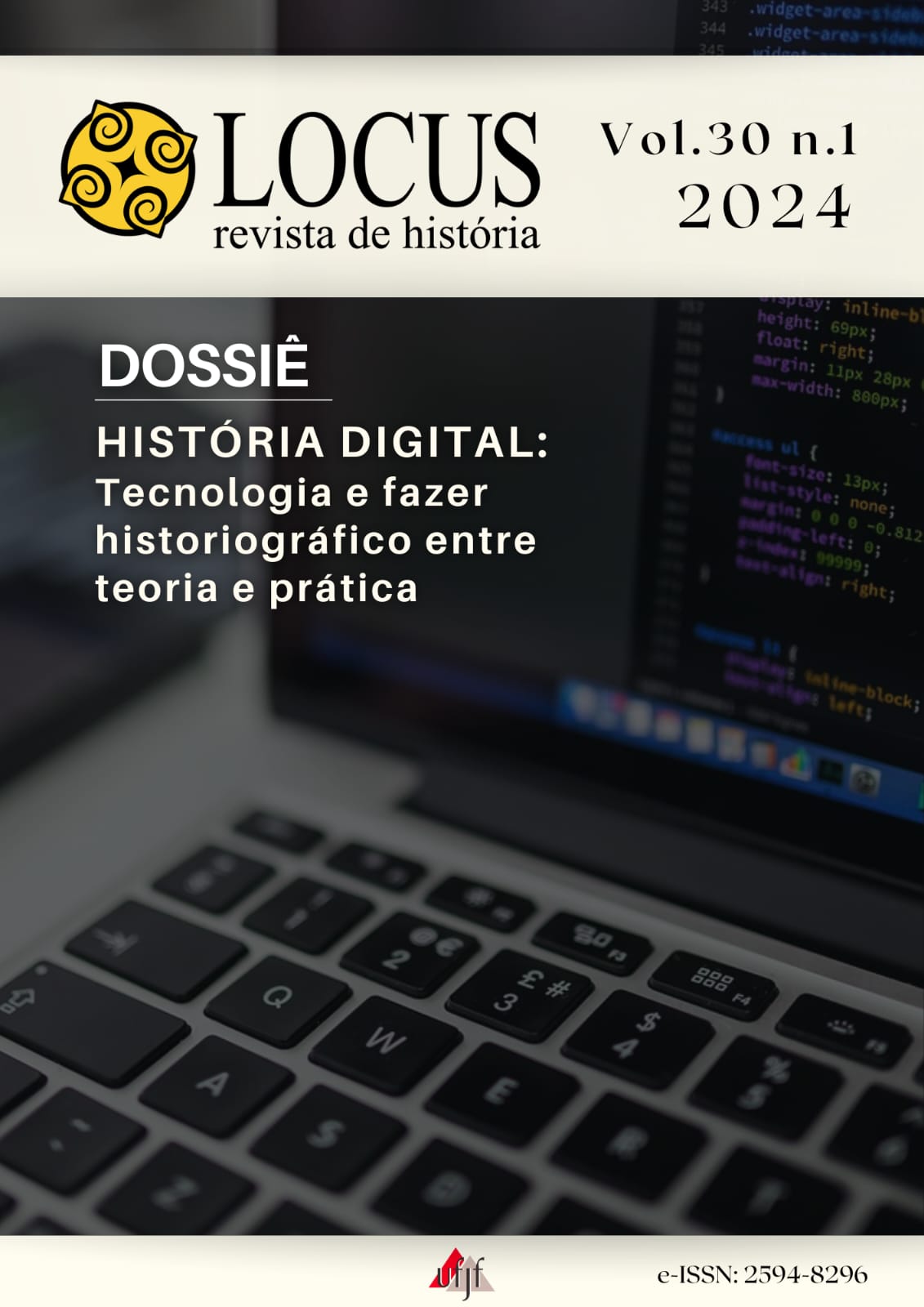Strategies and Challenges in Scientific Communication in History: The Indigenous Issue in the Case Study between Metrics and Languages: Strategies and Challenges in Scientific Communication in History: The Indigenous Issue in the Case Study between Metrics and Languages
Published 2024-08-26
Keywords
- Scientific Dissemination in History.,
- Public Engagement.,
- Audience Studies.,
- Digital Metrics.,
- Public History
How to Cite
Copyright (c) 2024 Maria de Fátima Barbosa Pires

This work is licensed under a Creative Commons Attribution 4.0 International License.
Abstract
This article explores scientific dissemination in History, focusing on indigenous issues, with an emphasis on the Yanomamis and their historical tensions widely explored by the media in 2023. The study addresses strategies and challenges at the convergence of digital metrics and languages, aiming to analyze negotiations of meaning between scientific discourses, algorithmic language, and audience engagement. We report on strategies formulated to awaken interest in the indigenous issue, outlining promising paths to garner recommendations on the analyzed platform and analyzing audience interactions. Grounded in the theoretical principles of scientific dissemination in History, with interdisciplinary dialogues, the article investigates recommendation logics on YouTube. Results obtained indicate a direct correlation between the possibility of recommendation and audience adherence to content. Additionally, we observe that audience interest can be influenced by external factors, such as widely publicized news on indigenous issues. It is highlighted that shorter videos can yield promising results. This article offers a specific and in-depth perspective, providing valuable insights into the complex dynamics of scientific dissemination in History in the digital environment.
Downloads
References
- Bauer, Martin W., Allum, Nick, e Miller, Steven. What can we learn from 25 years of PUS survey research? Liberating and expanding the agenda. Public Understanding of Science 16, 2007.
- Bessa, Eduardo. “O que é divulgação científica?” In Divulgação científica e redação para professores, Ana de Medeiros Arnt, Cecília França, and Eduardo Bessa. Tangará da Serra: Ideias, 2015.
- Caldas, G., e K. Zanvettor. O estado da arte da pesquisa em divulgação científica no Brasil: apontamentos iniciais. Ação Midiática–Estudos em Comunicação, Sociedade e Cultura 1, no. 7, 2014.
- Carvalho, Bruno Leal Pastor de, e Teixeira, Ana Paula Tavares (eds.). História pública e divulgação de história. São Paulo: Letra e voz, 2019.
- Foucault, Michel. A arqueologia do saber. 7th ed. Translated by Luiz Felipe Baeta Neves. Rio de Janeiro: Forense Universitária, 2008.
- Gramsci, Antonio. Cadernos do Cárcere. Rio de Janeiro: Civilização Brasileira, 2002.
- Maravall, José Antonio. A cultura do barroco: Análise de uma estrutura histórica. São Paulo: Edusp, 1997.
- Monteiro, A. M. F. C. “Ensino de história: lugar de fronteira” In História: guerra e paz. J. M. Arias Neto. XXIII Simpósio Nacional de História. Londrina: Anpuh; Mídia, 2007b.
- Pires, M. F. B. Divulgação científica em ensino de história no YouTube: um estudo de caso sobre a difusão da problemática indígena. Monografia. FIOCRUZ, 2023. Advisor: Ricardo de Freitas.
- Sarlo, Beatriz. Tempo passado: Cultura da memória e guinada subjetiva. Translated by Rosa Freire D’aguiar. São Paulo: Companhia das Letras; Belo Horizonte: Editora UFMG, 2007.

